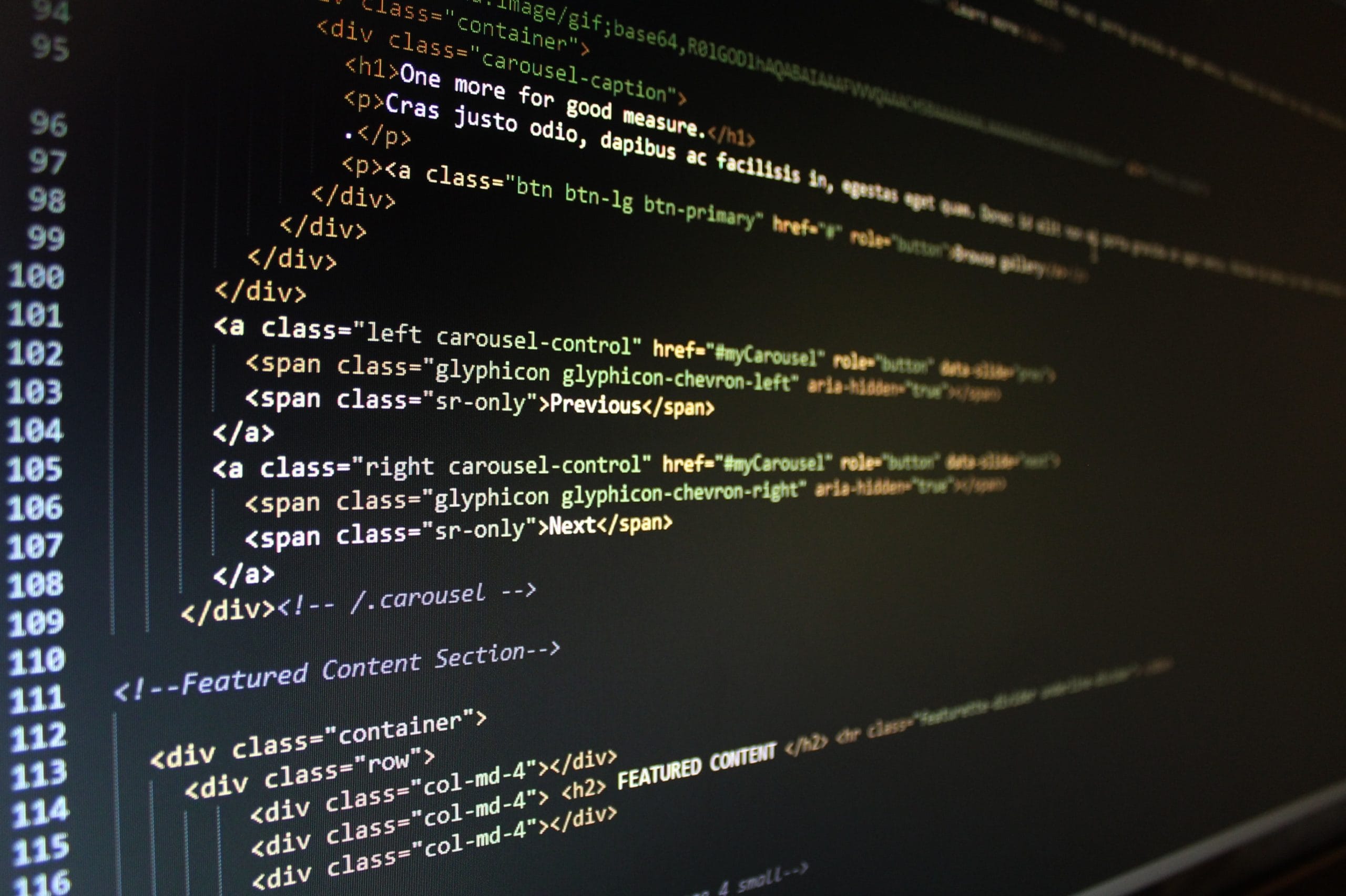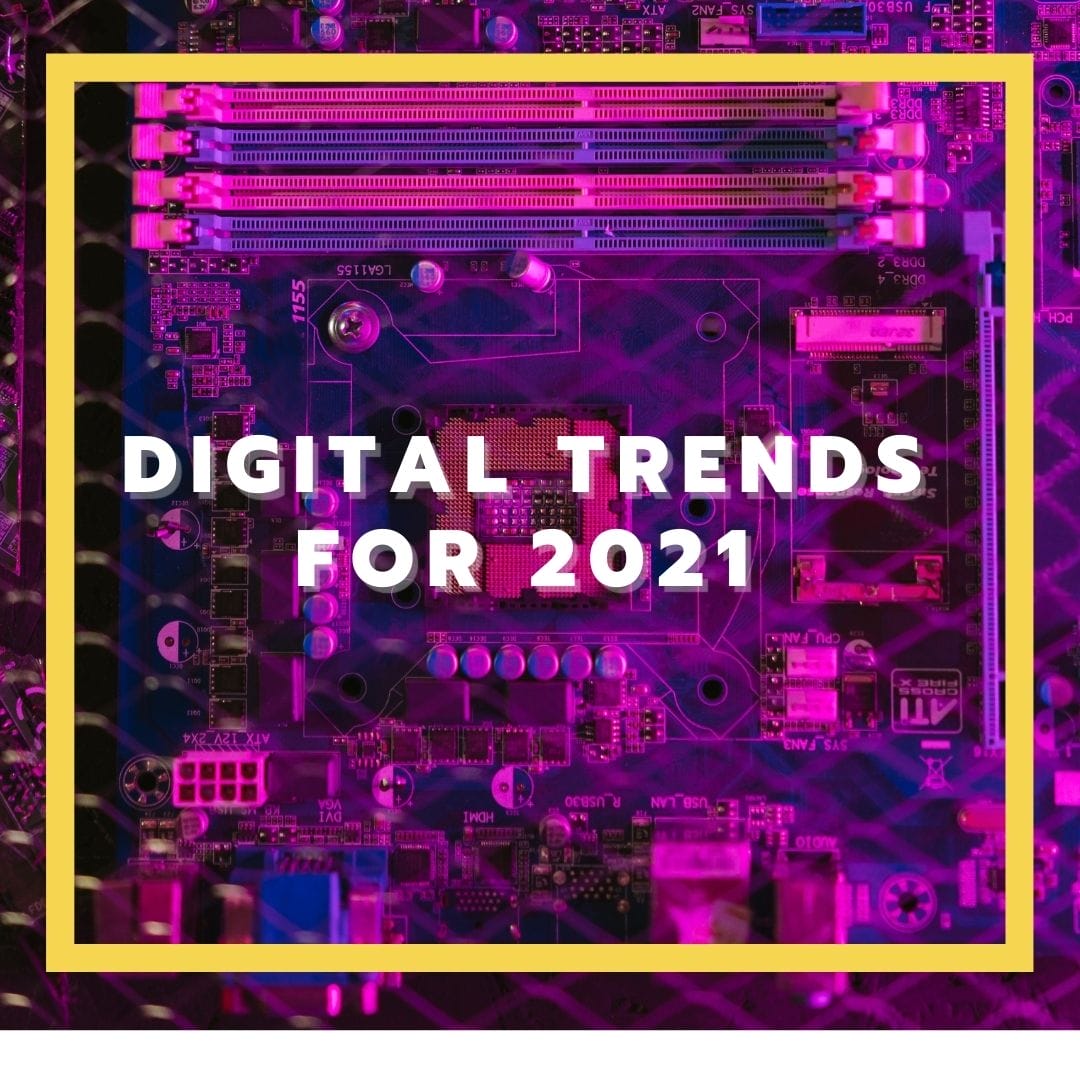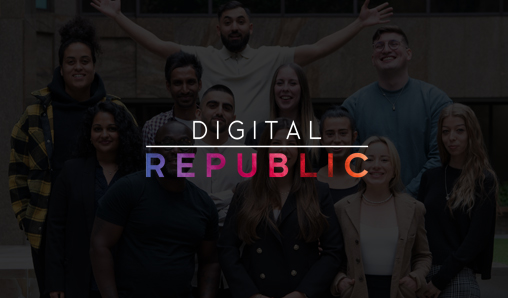
Why Consumer Behaviour Has Reached 2030 Levels
Wars and pandemics change the world and shift the course of history. The Black Death killed half the population of Europe in the 14th century. But the plague eventually marked the end of Feudalism. Therefore, revealing the early capitalist structures of the Renaissance and a period of cultural, economic and scientific rebirth. In the 20th century, the Spanish Flu killed 50 million people around the world between 1918 and 1919. However, the epidemic transformed public health, resulting in the introduction of socialized healthcare.
New social conditions often give birth to new human behaviours. Since the start of the current pandemic, there have been numerous reports on how Covid-19 has accelerated existing trends. Yet far less attention on the underlying cause of change: mass adoption. This is not only about the speed of change but also the rate of adoption. If we take the traditional “Diffusion of Innovation” curve. New ideas, behaviours and technology would usually take years, if not decades to reach critical mass. But during the pandemic, we are experiencing years of change, packed into a few short months. Everyone has become an early adopter. Brands, big and small, are scrambling to catch up with radical changes in consumer behaviour. Here are three key areas of change to consider in your business and marketing strategy.
Direct to community model
 Online shopping was prevalent long before the emergence of a global pandemic. In the U.S., 69% of consumers had already shopped online, and 25% shopped online regularly. The key difference today is people are moving from buying some things online — books, clothes, repurchases — toward buying most things online. This is an important shift reflected in contrasting fortunes of traditional retail and e-commerce. Amazon has recorded a huge 40% year-on-year growth in net sales in Q2. And Shopify’s revenues increased by 97% to $714.3 million compared with the same period a year ago. Whereas, a record number of retail stores in the U.S. are expected to close this year (25,000). While in the U.K., more than 24,000 jobs have been lost due to a retail administration.
Online shopping was prevalent long before the emergence of a global pandemic. In the U.S., 69% of consumers had already shopped online, and 25% shopped online regularly. The key difference today is people are moving from buying some things online — books, clothes, repurchases — toward buying most things online. This is an important shift reflected in contrasting fortunes of traditional retail and e-commerce. Amazon has recorded a huge 40% year-on-year growth in net sales in Q2. And Shopify’s revenues increased by 97% to $714.3 million compared with the same period a year ago. Whereas, a record number of retail stores in the U.S. are expected to close this year (25,000). While in the U.K., more than 24,000 jobs have been lost due to a retail administration.
At the same time, the coronavirus crisis has been a catalyst for some of the world’s biggest brands to fully embrace Direct to Consumer propositions. AB InBev, the world’s largest brewer is now shifting marketing budgets from retail trade to digital media. Unilever owned ice cream brand Ben & Jerry’s is now selling ice cream online. And PepsiCo has launched the Pantryshop.com where consumers can buy bundles of products based on their daily activities like “Rise & Shine” or “Workout & Recovery”. However, building a slick e-commerce site simply doesn’t cut it in anymore. For true success, companies need to build and maintain brand equity and affinity in the digital space. Doing so, requires entirely new business models and value propositions built around the changing lifestyle of consumers. At the heart of this strategy is building a community of brand fans who truly care about the product or service.
A prime example is Glossier, the beauty brand, now valued at $1.2 billion. Glossier’s competitive advantage stems from its highly engaged and loyal online community. On Instagram, Glossier boasts 2.8 million followers, frequently reposting user-generated content from their devoted community. The brand also uses social media to receive honest feedback, new ideas and inform future products. It’s precisely this relentless commitment to community that has earned Glossier a cult-like following in an oversaturated, highly competitive cosmetics market. Building an authentic community is a digital marketing investment that pays long term dividends. Particularly as e-commerce becomes a larger chunk of the overall retail pie.
Distributed talent
The modern human life cycle has been meticulously designed and shaped by the Industrial Revolution of the 19th century. It goes as follows: go to school, get a job, get married, have kids and work until you retire. In more recent years, young people have decided to diverge from this well-defined sequence. And now, the global pandemic has further strained these old-world systems and structures. First, as higher education moves online, parents and students are beginning to question the value of paying the same price for glorified zoom calls without the campus experience. Second, social distancing has made working from home the norm, hence, challenging the traditional Monday to Friday 9-5 model. Thirdly, once the health crisis gives way to a global recession young people will no longer be able to attain the unrealistic aspirations of yesteryear, such as a stable job, pensions or early retirement – and so they might as well build a lifestyle that they actually enjoy.
 Despite the challenges facing employers and employees, we have a golden opportunity to make work more modular, creative, entrepreneurial and meaningful. Soon, global corporations with colossal headquarters will no longer hold an advantage when compared to startups or freelancers working from their local coffee shop. Meanwhile, remote working has leveled the playing field when it comes to access to job opportunities. Thanks to the near-universal use of videoconferencing tools, people no longer need to be concentrated in major cities like London, New York or Tokyo. Instead, building a team becomes more about ability and less about geography.
Despite the challenges facing employers and employees, we have a golden opportunity to make work more modular, creative, entrepreneurial and meaningful. Soon, global corporations with colossal headquarters will no longer hold an advantage when compared to startups or freelancers working from their local coffee shop. Meanwhile, remote working has leveled the playing field when it comes to access to job opportunities. Thanks to the near-universal use of videoconferencing tools, people no longer need to be concentrated in major cities like London, New York or Tokyo. Instead, building a team becomes more about ability and less about geography.
Fundamental changes in the very nature of work will give rise to more distributed networks of specialists focused on tackling a specific challenge or project. The approach is likely to produce better results with less waste. However, global companies will need to adapt their organizational structure and ways of working to attract the next generation of talent. To win the post-pandemic war for talent, companies need to actively encourage the creative and entrepreneurial pursuits of their people, not only at work but also outside of work. After all, brands are only as effective as the people who build and maintain them.
Consumer trust and brand loyalty
On average, it takes 66 days for a person to form a new habit. Perhaps, the most fascinating consequence of the global pandemic has been the way billions of people all around the world have changed the way they think, behave and consume. Therefore, creating entirely new neural pathways. According to a recent report by McKinsey & Co, 75% of consumers have tried new shopping behaviors and the majority intend to keep these new brands into their routine. The prevalence of brand switching points to the demise of an already declining level of brand loyalty among modern consumers.
 Generally speaking, the best way to build brand loyalty is through trust. Brand trust is a reflection of the consumer’s belief that a brand will deliver on its promise. Consumer trust was already at an all-time low even before the current health crisis. So, cultivating trust should be a top priority for all marketing professionals. To quote Keith Weed ex Unilever CMO, “A brand without trust is just a product, and advertising without trust is just noise.” This is a unique moment in history when brands can play a constructive role in society. In a time of economic hardship, consumers will either choose companies based on price point and utility or shared values and beliefs. Against this backdrop, brands can no longer buy attention like they used to in the old advertising model. They must earn it. This can be done by being honest, transparent and reliable, first as a company and then in their messaging.
Generally speaking, the best way to build brand loyalty is through trust. Brand trust is a reflection of the consumer’s belief that a brand will deliver on its promise. Consumer trust was already at an all-time low even before the current health crisis. So, cultivating trust should be a top priority for all marketing professionals. To quote Keith Weed ex Unilever CMO, “A brand without trust is just a product, and advertising without trust is just noise.” This is a unique moment in history when brands can play a constructive role in society. In a time of economic hardship, consumers will either choose companies based on price point and utility or shared values and beliefs. Against this backdrop, brands can no longer buy attention like they used to in the old advertising model. They must earn it. This can be done by being honest, transparent and reliable, first as a company and then in their messaging.
The first step toward brand trust is making sure your company is causing no harm. The second step is looking internally and making sure your employees are being treated fairly. And finally, once you have built credibility as a socially-minded and environmentally sustainable business you can then begin to share your mission with the wider world through marketing campaigns and brand activations. Though, any activation should be co-created with the communities you are looking to connect, engage or support. Because inauthenticity will seriously hurt your brand’s reputation and bottom line. At a time of shrinking disposable income and reduced brand loyalty, your commitment to society is likely to be your biggest competitive advantage after price.
The current pandemic is shining a bright light on the obsolete remnants from the early 20th century. In turn, we are experiencing the emergence of new attitudes, behaviours and possibilities. During the global lockdown, we witnessed decades of behaviour change in a matter of weeks. Consequently, brands now need to catch up with the radical changes in consumer behaviour. To use the often misquoted saying attributed to Charles Darwin, “It is not the strongest of the species that survives, not the most intelligent that survives. It is the one that is most adaptable to change.” Ultimately, the most adaptable brands will be people-first, community-driven, mission-led companies built for the needs of the 21st century.
Originally posted by Kian Bakhtiari
Found this blog interesting? You might enjoy reading this one too.
Are you a digital practitioner who has got more questions than answers during these uncertain times?
Contact us submitting a quick form here. We are here to support you!
Cloud, data science, digital analytics, programmatic or optimisation expert, and looking for a job at the moment? Check out our latest vacancies here




